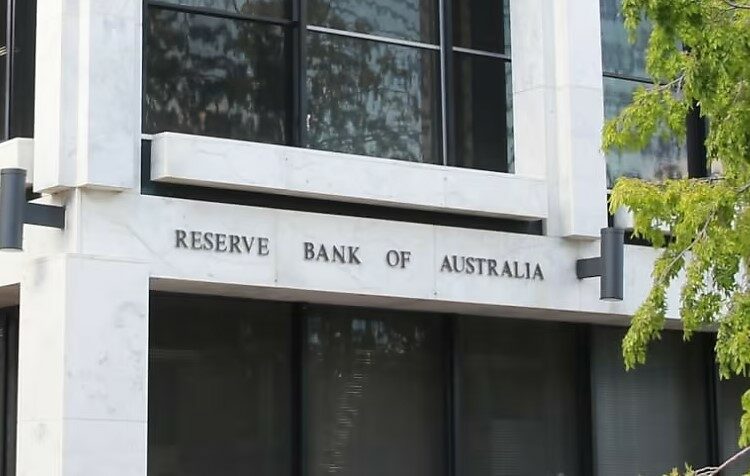Whether further rate rises lie in store for Australians in the next few months will be determined by three economic factors, according to a big four bank.
Luci Ellis, Westpac’s economic spokesperson and head of the bank’s research, explained that while many are predicting this era of rate rises to have concluded, there are a few economic uncertainties that could materially change the inflation outlook and force the Reserve Bank of Australia (RBA) to act.
She opined that while Westpac holds the view that inflation will continue to ease, they are closely monitoring house prices, long bond yields and China’s economy to assess if the consumer price index (CPI) is at risk of any volatile movements.
“Our core view is that CPI will continue to track lower and return to the RBA’s 2–3 per cent target band in 2025, a similar timeline to the central bank’s own expectations. However, there are a number of broader risks to the economy and inflation outlook that we’re keeping a close eye on,” Ms Ellis said.
The housing market
Due to an ongoing shortage of housing, residential real estate prices have defied expectations and returned close to the pre-pandemic peak.
“That’s not what you would have expected given the rise in interest rates and weak income growth,” Ms Ellis said.
She credited population growth with the rapid tightening of the market, noting that the countries that have seen the biggest surges in population are also the ones where housing prices have picked up most noticeably.
“This matters because positive wealth effects can boost household spending and add some upside risk to domestic demand and so inflation. The RBA has called this out in their minutes,” she commented.
“We allow for these effects in our forecasts, but the more this goes on, the more forecasts will have to be scaled up – and the more likely it becomes enough to tip the RBA Board’s hand.”
Rising long bond yields
This second factor is dependent on global conditions and how major economies react to inflationary pressures.
“So far, medium-term inflation expectations have remained anchored, as they need to, while short-term expectations have followed actual inflation down – no dislodgement of anchored expectations here,” Ms Ellis said.
But bond yields globally are higher, due to a number of different factors at play.
“More broadly, the recent chaos in the US Congress over budget spending has unsettled the market, while the conflict in the Middle East is another factor.”
Furthermore, if global fiscal policy turns out to be more expansionary than in the post-GFC period, central banks will be forced to account for the extra demand.
“If that is the case, interest rates globally could be higher on average than they otherwise would be,” Ms Ellis warned.
“If inflation expectations dislodge, that will put further upward pressure on bond yields, although this risk is probably diminishing. There’s also risk that, even if expectations remain anchored, bond yields keep rising because of the fiscal and geopolitical risks,” she added.
China’s economy
China is taking longer than expected to recover from protracted COVID-related lockdowns.
The country appears to be stabilising now, but spending is down and the financial difficulties of several of the nation’s mega property developers threaten to spill over into the rest of the economy. So far, the government’s stimulus efforts to mitigate that risk have been limited.
Beyond the country’s shorter-term recovery from COVID-19 and macro policy-related questions, there are also broader concerns about its trend growth.
“It is no longer in the phase of fast catch-up to the rest of the world and no longer the obvious destination for foreign investment into low-cost production,” Ms Ellis explained.
“Its population is already ageing and shrinking, and the policy environment is geared more to control than to growth.”
China’s role as a key market for Australian production makes its economic performance particularly important for Australia.
“For example, iron ore is Australia’s biggest single export and a large share of that goes to China. China drives the market for iron ore because it produces more steel than the rest of the world put together. As a result, it drives Australia’s terms of trade and has a large bearing on growth in national incomes,” Ms Ellis said.
“So far, despite the problems in the construction sector, Chinese demand for steel has held up and so have iron ore prices, but it’s something we’ll be watching closely,” she noted.


